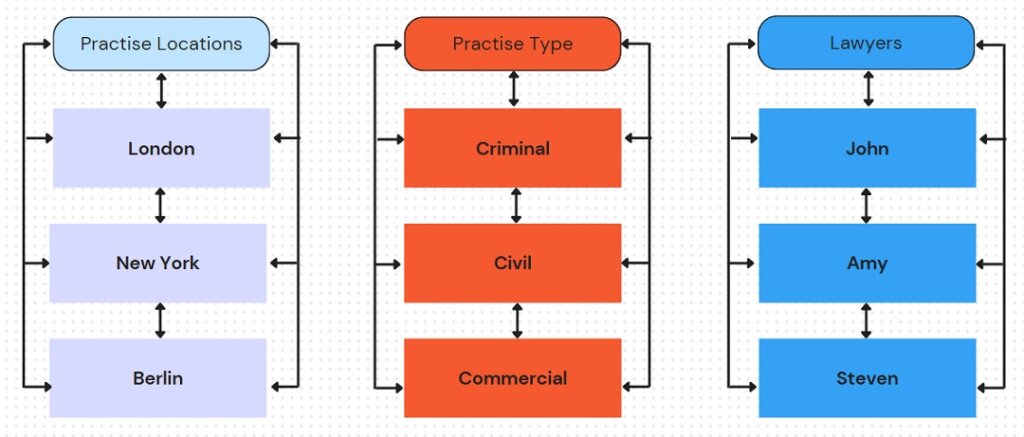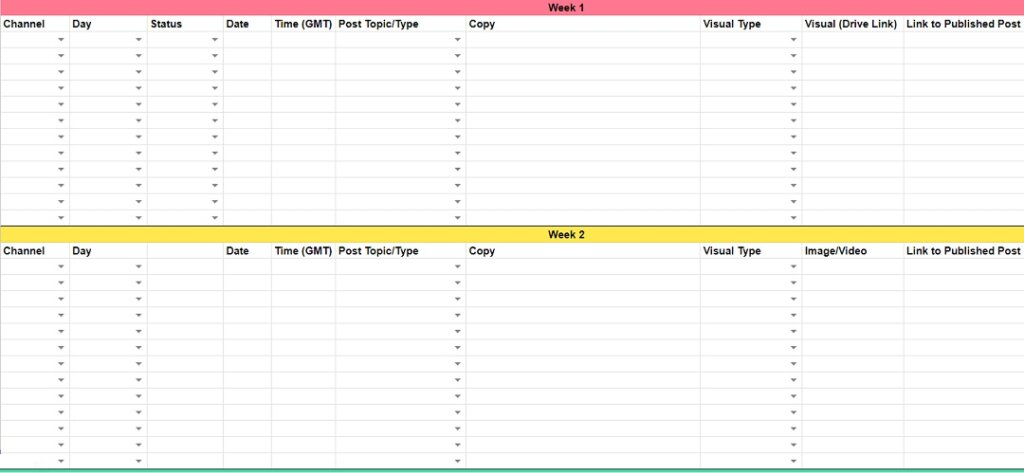The Dos and Don’ts of Creating an SEO Content Strategy for Your Law Firm
Because quality web content is essential to an effective search engine optimisation (SEO) campaign, your law firm should focus on creating a robust SEO content strategy.
Helpful and informative content well-optimised for your target keywords can increase your website’s visibility and help you attract more potential clients.
However, many law firms simply don’t know where to start when it comes to developing an SEO-friendly content strategy. Too often, they make the mistake of creating content for search engines, rather than humans. Yet if your content is of no use to humans then Google will have no reason to direct users towards it.
At the same time, you do need to ensure that your content is optimised for the Google algorithm to maximise your chances of being discovered by your target audience.
So how do you strike a balance between the two and develop an SEO content strategy that will help your law firm achieve its desired results?
At Kinetic Traffic, we have some tips to help you get on Google’s good side with your content.
Contents
#1 – Don’t Be Tempted to Create Thin Content
One mistake many businesses make when trying to create SEO-friendly content is creating “thin” content. This means content that is short, superficial and doesn’t add any real value to the reader.
Sure, it’s fast and easy to create, but thin content will not only do your website no favours with Google. It will also frustrate your readers and make them less likely to return in the future.
#2 – Do Create Content Silos
Creating content silos means grouping your content together around a specific topic or theme, so that it’s easier for your readers to find what they are looking for. This also makes it easier for Google to index your content and understand what it is about. You can create silos around specific practice areas, case studies or even keywords.
The best way to structure your content silos is by using a topic cluster model. This involves creating a pillar page (a high-quality, in-depth article that covers the topic in its entirety) and then creating a series of supporting articles around it. The pillar page links to all of the supporting articles, and each of the supporting articles links back to the pillar page.
This approach will help you to create comprehensive and engaging content that will not only help your SEO efforts, but also boost your website’s traffic and conversions. You’re still creating helpful content for humans, but you’re doing so in a way that’s easy for the Google algorithm to understand and digest.
#3 – Don’t Use the Same Keywords
Using the same keywords for multiple pages often leads you to compete with yourself in the eyes of the Google algorithm, which is known as “cannibalising.” This is not only bad for your SEO efforts, but can also be confusing for your readers.
Instead, try to use a variety of different keywords (including long-tail keywords) on each page of your website. This will help you to target a wider range of potential clients and increase your chances of appearing in Google’s search results.
#4 – Do Create a Content Schedule
You’re more likely to stay consistent when publishing content if you follow a schedule rather than doing it on the fly.
A content calendar can help you to plan and schedule your content in advance, ensuring that you always have something new and interesting for your readers to read. You can include topics, keywords, target audience and even publishing dates on your content calendar. This will help you to stay organised and on track, and will also make it easier for you to measure the success of your SEO content strategy.
#5 – Don’t Copy and Paste Content
While it’s tempting to copy and paste content to save time, this is not recommended – even when it’s your own content.
Let’s say that you specialise in employment law, and that your firm serves both Birmingham and Manchester. If you’re writing a page about how you can help with unfair dismissal, you must create an original copy for each area.
Simply copying and pasting the same content for each page will confuse Google and cannibalise your content.
Writing an original copy for each page of your website may be time-consuming, but it will be enormously helpful in terms of SEO. Don’t be tempted to duplicate.
#6 – Do Create a Link-Building Strategy
Link building is an essential part of any SEO content strategy, and law firms are no exception.
However, link swapping – whereby you exchange links with other websites – is no longer considered a good practice by Google. In fact, Google rewards non-reciprocal links.
It’s also worth noting that Google places more value upon those that come from reputable websites, and those which are relevant to your niche. A link from a news website or a law school, for example, will mean a lot more than one from a recipe website or an obscure blog with three monthly readers.
There are a number of different ways that you can go about building reputable, one-way links to your website, including:
- Guest blogging
- Creating content that people want to naturally link to
- Participation in online forums and discussion boards
- Submitting articles to online publications
- Participation in social media campaigns
Final Thoughts
Creating high-quality, engaging content is essential for any law firm looking to improve its SEO. In order to create a successful content strategy, you must first understand how Google and other search engines rank websites and play by those rules, rather than resorting to cheap tricks.
Ultimately, it’s all about content that is both helpful and informative for your readers, while actively seeking out opportunities to build links with other websites. When it comes to creating an SEO content strategy, there are no fast and easy answers, but we have years of experience using SEO to drive web traffic and grow our clients’ businesses. So, if you’re looking for a reliable expert team to employ best practices that will pay off with time and consistency, get in touch with us here.
Lead your law firm towards the best results.
Get in touch with our team and let’s talk about your marketing needs.












